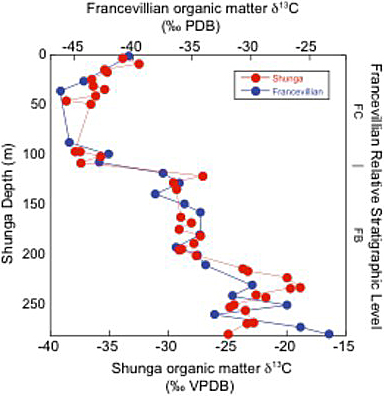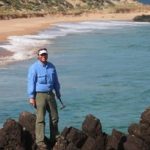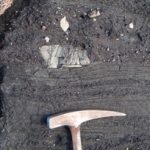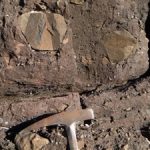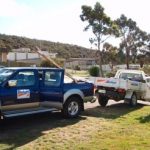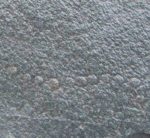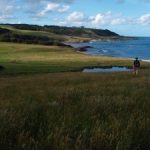Neoproterozoic
My current work focuses on hypotheses about the nitrogen and sulfur isotopic evolution of the Neoproterozoic (1000 to 542 May). The geochemical and paleontological records suggest that the concentration of oxygen in the atmosphere and oceans increased during the latter half of the Neoproterozoic. Black shales are common during this interval of time and the deep sea is believed to be largely anoxic (sulfidic and ferruginous). Anoxic oceans have strong nutrient cycle feedbacks and I am testing these hypotheses using nitrogen and sulfur isotopes from samples collected in Australia, Svalbard, and Canada. I am also interested in large-scale ecological questions related to the recovery of marine biogeochemical cycles following the two largest Snowball episodes in the Neoproterozoic. Current collaborations with Matt Hurtgen of Northwestern, Susannah Porter of UC Santa Cruz and Galen Halverson of McGill focus on these issues. This work is funded by the NSF funding to Porter and Hurtgen and the Agouron Institute Geobiology Fellowship.
Recent field work on Tasmania and King Island, Australia
Chuar Group, mid-Neoproterozoic

Neoproterozoic Grand Canyon Supergroup in the foreground from the North Rim
As a part of my dissertation I worked on an integrated study defining the factors controlling organic matter burial and the deposition of black shales in the kwagunt Formation exposed in the northeastern arm of the Grand Canyon. Funding for this work was provided by Exxon Mobil Research Company.
Of particular interest was the evolution of the nitrogen cycle in response to changing redox conditions and biological communities observed in Chuar sediments. This work is currently in preparation for publication.
Paleoproterozoic
I have also been working with Lee Kump, Michael Arthur and the FARDEEP (Fennoscandian Artic Russia – Drilling Early Earth) sciences team to characterize the biogeochemical cycling of carbon and nitrogen and the emergence of oxidizing environments following the Great Oxidation Event in the Onega Basin of Fennoscandia from ~2.2 to 2.0 billion years ago.
See related articles:
https://astrobiology.nasa.gov/nai/reports/annual-reports/2011/psu/biosignatures-in-ancient-rocks/
Kump Group
Members: Lee Kump, PI; Ying Cui, Ph.D. student; Kyle Rybacki, Ph.D. student; Chris Junium, Ph.D. student in the Arthur group; Stamatina Hunter, M.S. student, Garrison Loope, M.S. student; Genming Luo, Ph.D. student/collaborator from China University of Geosciences, Wuhan) has focused primarily on three fronts this year: causes and aftermath of the end-Permian mass extinction, mechanisms and consequences of the Great Oxidation Event, and Green Lake, NY as a modern analogue of Proterozoic oceans.
Research on the Great Oxidation Event and Paleozoic Anoxia/Euxinia
Kump, Arthur, Junium and Luo, funded by NAI and NSF, together with colleagues in the ICDP FAR-DEEP drilling program from Scotland and Norway, have discovered a massive oxidation event at what is traditionally considered the end of the “Great Oxidation Event”, about 2.0 billion years ago. The evidence is a very large, negative carbon isotope excursion preserved in both organic matter and carbonates from Fennoscandia (in FAR-DEEP drill core) and also, strikingly, in Gabon, Africa (Fig. 1) that we have labeled the “Shunga-Francevillian Carbon Isotope Anomaly”. The required input of oxidized organic matter (presumably from sedimentary rock weathering) is huge, perhaps reflecting the initial, deep penetration of highly oxidizing groundwaters in Earth history (Kump et al., Science, in review).
